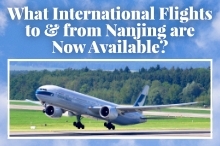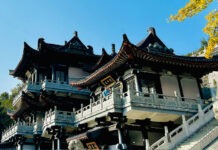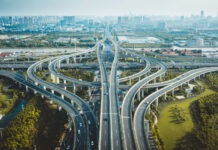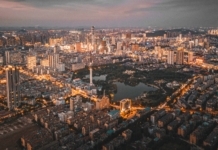Lianyungang City in northeastern Jiangsu derives its name from Lian Dao, the largest island in Jiangsu, and Yuntai Mountain, the highest in the province.
The former is remarkable, the latter less so, for it being eclipsed by the home to Sun Wukong, commonly known as the Monkey King, from the epic novel and Chinese classic, “Journey to the West”.
That would be Huaguo Shan, where, appropriately, tourists come to feed and snack with the multitude of monkeys kept on site for purpose.
Back with Lian Dao, the island is connected with the mainland by a 6.7-kilometre-long sea dyke, the longest in China. The dyke leads initially to the only 4A-rated beachfront in Jiangsu Province, where many will simply stop and spill themselves onto the sand. A more private experience on the sand is the reward for the patient, however, on the beaches to the east of the island at and around the Sumawan Eco-reserve.
There, swimmers will find waves high enough to be fun, but not so high so as to have a potentially dangerous undertow. Being relatively thick, the sand grains also do not cling to the body or become impossible to remove from clothing.
Located where it is, the island also provides for a large natural harbour off its southern coast between it and the mainland, now developed into one of China’s largest ports. Lianyungang is also the eastern terminus of the New Eurasian Land Bridge, sending freight trains off to Europe on an-almost daily basis.
In addition, Lianyungang marks the northern end of a canal network on the Yunyan River, which is in turn linked to the near-never-ending salt plains spanning the coastal districts of Jiangsu.
As a shipping route, Lianyungang opened to foreign trade in 1905. Agricultural produce soon joined the salt being shipped out to further afield cities such as Shanghai and Qingdao.
Today’s links by train between Lianyungang and Europe have their beginnings in 1933, when the 1,759 kilometre-long line joining Lianyungang and Lanzhou, capital of Gansu, was extended to reach the coast.
Construction of the port-rail facility was to follow, headed up by a Dutch company. Finally, in 1949, with the founding of the People’s Republic of China, several river ports were merged and the port we know now today was born.
More recently, the Lianyungang Economic & Technological Development Zone dates back to 1984 as one of the first batch of state-level development zones. Today, it is home to more than 40 Fortune 500 enterprises.
Bringing us to the China (Jiangsu) Pilot Free Trade Zone, one of six such pilot zones designated by the State Council in 2019. The Zone, together with its counterparts in Nanjing and Suzhou, is geared towards fostering institutional innovation, and the accumulation of replicable and scalable experiences.
The Zone in Lianyungang, in particular, is intended to become a key international-transport hub, backed by advanced manufacturing, including biomedicine, new materials, new energy and high-end equipment. These are complimented by logistics and cross-border ecommerce, together with technology and financial services.
Finally, it is worth noting that the Tianwan Nuclear Power Plant in Lianyungang is set to become the world’s largest nuclear-power-generating facility when its final units are completed, likely in 2027.
Lianyungang is 2.5 hours by high-speed train from Nanjing and 3.5 hours from Shanghai. The city is also served by the recently-opened Lianyungang Huaguoshan International Airport.


















